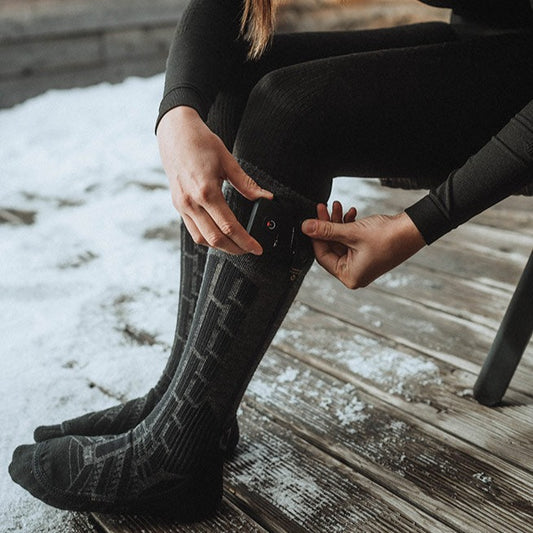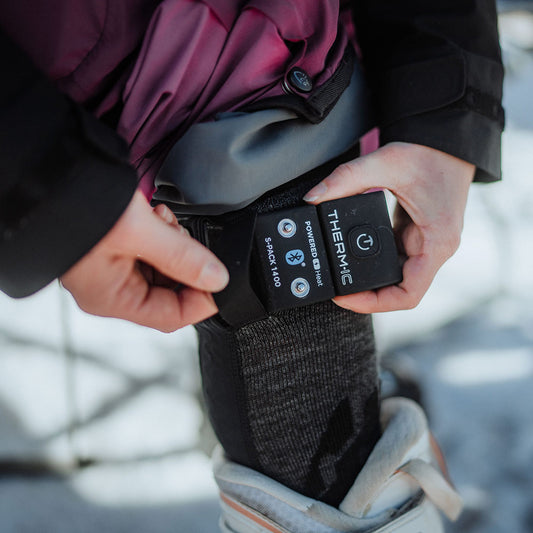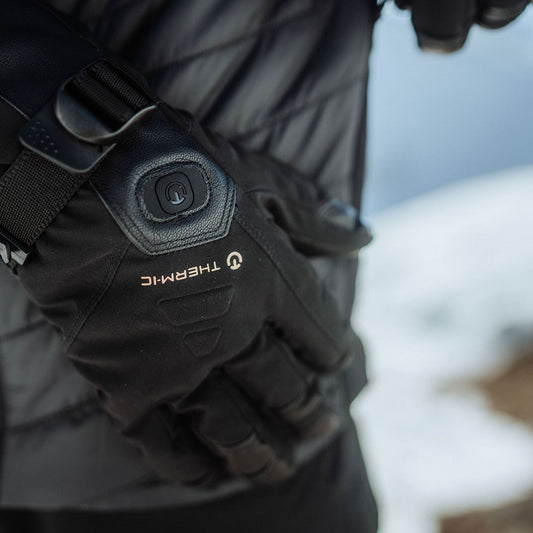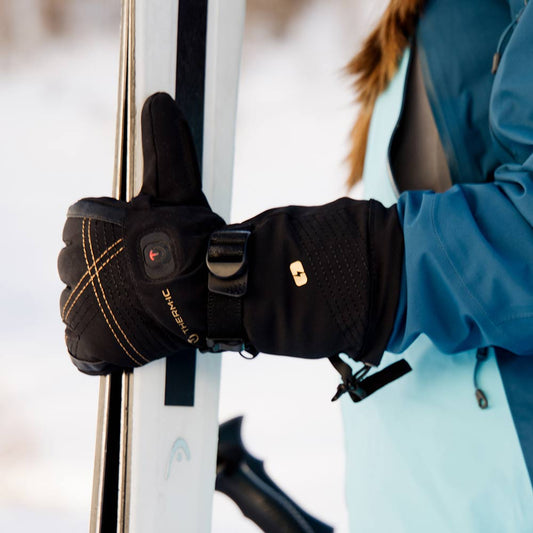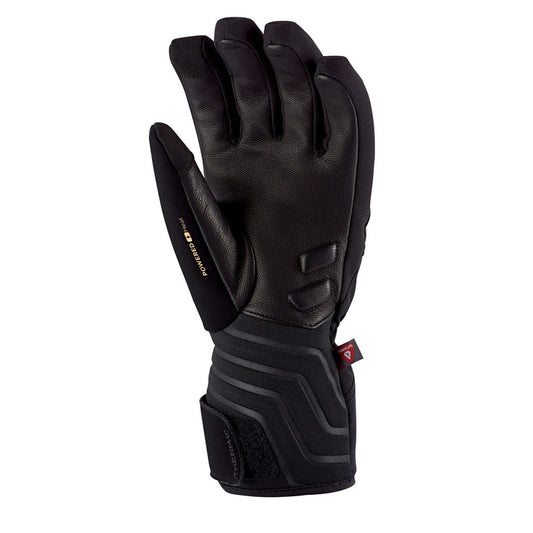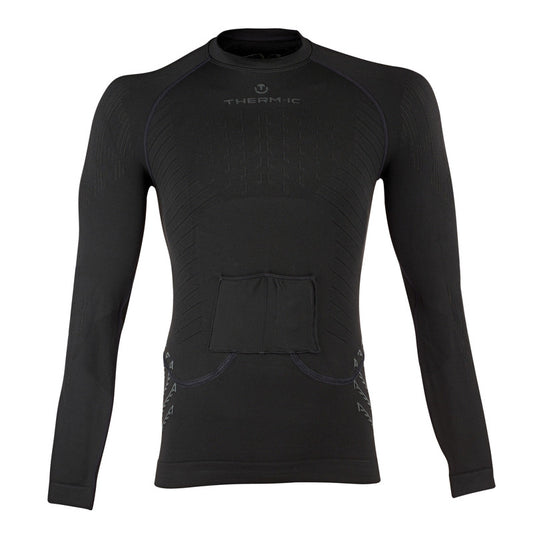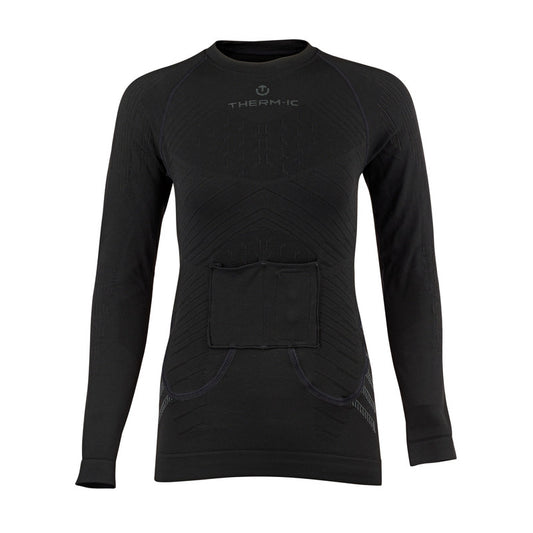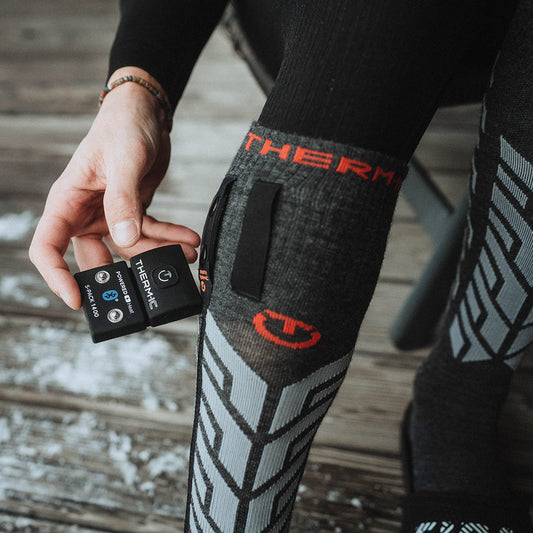When cold decides to invade your body, it puts it to the test!

Mankind is warm-blooded, which means that our body temperature should stay at 37° whatever the climate. Body temperature regulation relies upon a constant balance between heat influxes and losses. This is how the body is able to conserve its temperature.
1 - Body heat: perfect temperature
Whether it’s hot, cold, humid or mild, the human body reacts like a thermometre with formidable precision. Ideally our body stays at 37°C, this is the temperature at which the body’s core works properly. However the further we move away from the body’s core the lower our temperature becomes. When we reach the extremities (hands, fingers, feet) that’s where we find the coldest temperature, around 30°. Under the action of cold, body temperature regulation takes place and different areas of the body will react to warn and protect you.
2 - Cold hands: critical areas of the body
According to the body’s thermoregulation design, the extremities such as hands and fingers are called “critical areas”. In these critical areas the speed of blood circulation reduces drastically, causing substantial heat loss, so when you are cold, you get cold hands and swollen fingers. When the air temperature is below 0° we call this phenomena hypothermia.

3 - Blue fingers: composition of the epidermis
The skin is a complex organ made up of 3 layers (epidermis, dermis and hypodermis) each layer has functions which act as a protective barrier against the external environment: protection, absorbers, new cell generation, fat storing and above all thermal insulation. Under the action of cold the skin reacts and causes a variety of sensations, cold hands, freezing feet, blue fingers etc. Women tend to have more sensitive skin, particlarly on their hands and feet. These areas are even more sensitive to cold and to temperarure variations as they have little fat or muscle.
4 - Cold feet: blood circulation
Just like your fingers, your feet and toes receive less stimulation which makes them more sensitive to temperature variations. When it’s cold the feet can reach 28°C, a long way away from the 37°C core temperature your body needs to function well. The body and its temperature regulation system will react and stimulate blood flow to combat the feeling of cold and maintain the core temperature as far as possible. Illness can also cause the body to feel cold, for example Reynauds disease or syndrome which is a chronic circulation problem that affects the extremities causing loss of feeling, tingling, cold feet or cold hands...

5- Muscular shivers: heat production
75% of our muscle mass is affected by the cold. When cold reaches the body, pain is signaled to the brain and our muscles start to shiver to produce heat, more than 80% of the available energy is sent to reheat the affected muscles. Thermoregulation plays a role, but in this case it reduces muscular power and endurance. When these conditions arise, there is a far greater risk of injury as our muscles are directly weakened.
Therm-ic Thermo Transfer Technology TM
For more than 20 years, Therm-ic has been working on this “heat challenge” so we can provide you with energy, strength, comfort and well-being when you practice winter sports. Therm-ic designs products which are increasingly more technical, innovative and high performance using a process called « Therm-ic Thermo Transfert TechnologiesTM ». to make products that are increasingly technical, innovative and high-performance: Heated gloves, heated insoles, heated socks, warmers, warm socks, insulating insoles…

Therm-ic provides the necessary warmth so you can fully enjoy your day in the great outdoors! Free your body and mind with Therm-ic!

